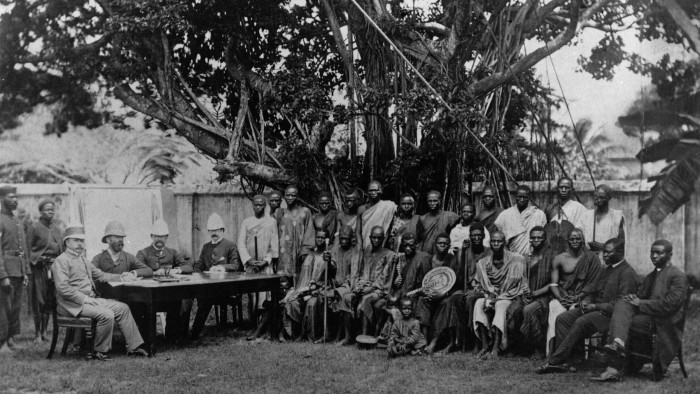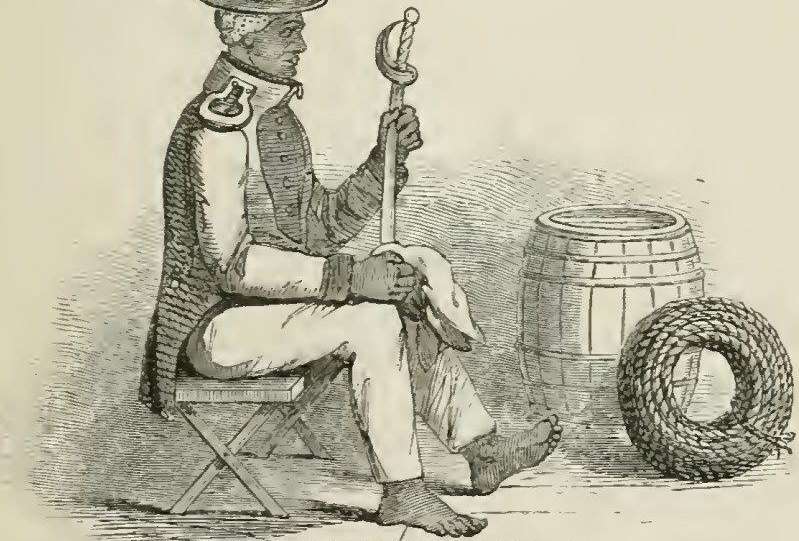
The extinction of the traditional structure of leadership in Anioma was heavily influenced by the introduction of warrant chiefs by the British colonial administration.
Formerly, the people of Anioma governed themselves via a decentralized system of leadership.
The institution of politics in Anioma was community driven, in a way that, leadership was shared across village assemblies, families and councils.
However, when the British government invaded Anioma, they deviced a medium to centralize authority in the area, this made them to choose warrant chiefs, whom they felt should be traditional leaders even though these persons were mostly unqualified and not familiar in the communities at large.
The warrant chiefs were required to get recognition certificates or warrants from the British colonial government and this certificate enabled the warrant chiefs to enforce the regulations of the colonial government also preside over the native courts.
The new centralized system played a huge role in expanding the judicial powers of the warrant chiefs and also gave them executive powers
Most amoung the warrant chiefs that were choosen by the British government were allies with the colonial police and the officers of the districts, this gave the warrant chiefs power to control the local community police, bring offenders to native courts and pronounce punishments which boosted the influence of the warrant chiefs locally.
The process through which many of the warrant chiefs were appointed was intensively flawed.
Although in the beginning, consultations were carried out in the communities,the actual leaders most times weren’t forward as it highly goes against the people’s tradition.
The colonial government end up choosing starters in most cases
Persons with no organic followership and lack authority in the community.
The distortion of the usual leadership system known to the Anioma people fueled resentment accros the communites
People were furious at being governed by those of questionable origins and dubious characters,
The warrant chiefs turned the native courts into an avenue where foreign oppression is being exhibited.
As time went on, several communities in Anioma started to resist,
The rebelliousness towards the warrant chiefs and native courts became more intense as the British system was steadily denigrating their cultural practices and always exhibit hostility towards the people of Anioma across various locations from Agbor to Ahaba and it’s environs, this sometimes lead to the people arming themselves to fight back.
The establishments of native courts and warrant chiefs by the British government remained illegal in the sight of all the Anioma communities.
The British government tried several means to legitimize the native courts,
But the uprising accros Anioma communities persisted up till late 1920s.
The imposition of warrant chiefs and native courts didnt stop at disrupting the system of governance that Anioma people knew traditionally, but it created tension and confusion amoung Anioma people thereby weakning the social fabric of ndi Anioma.
Ohadike, D. C. (1994). Anioma: A social history of the western igbo people. Ohio University Press.


